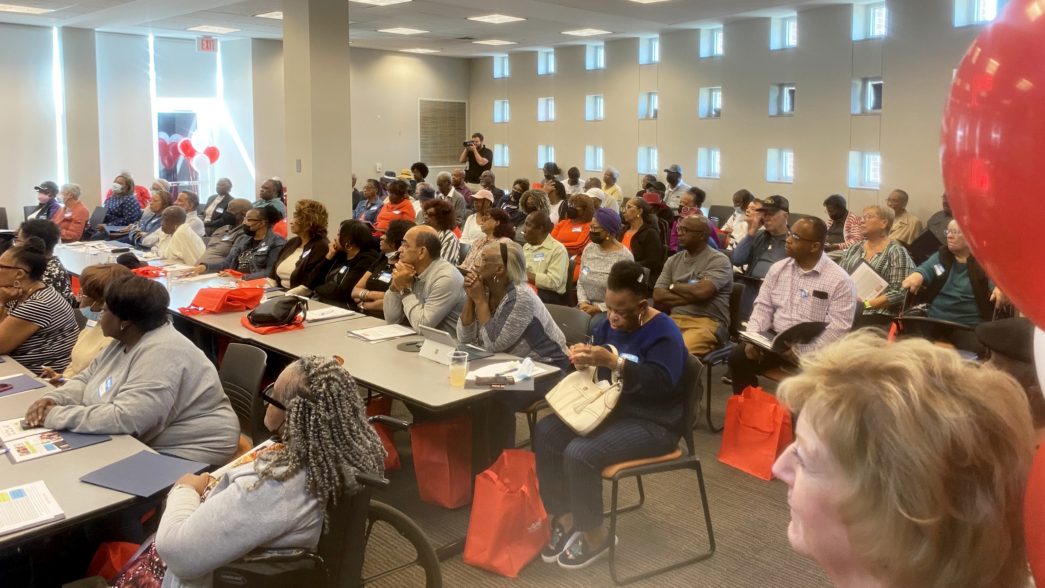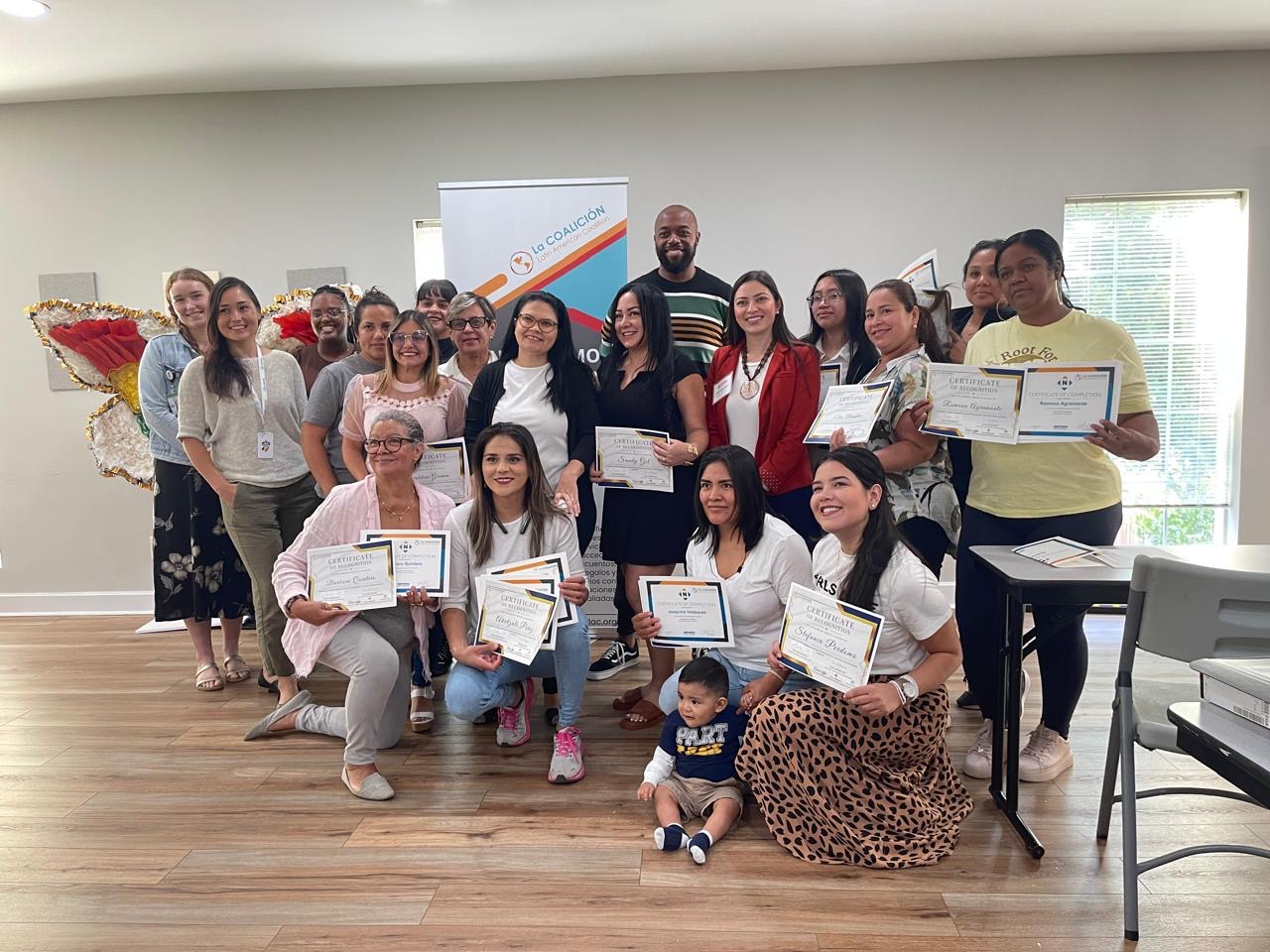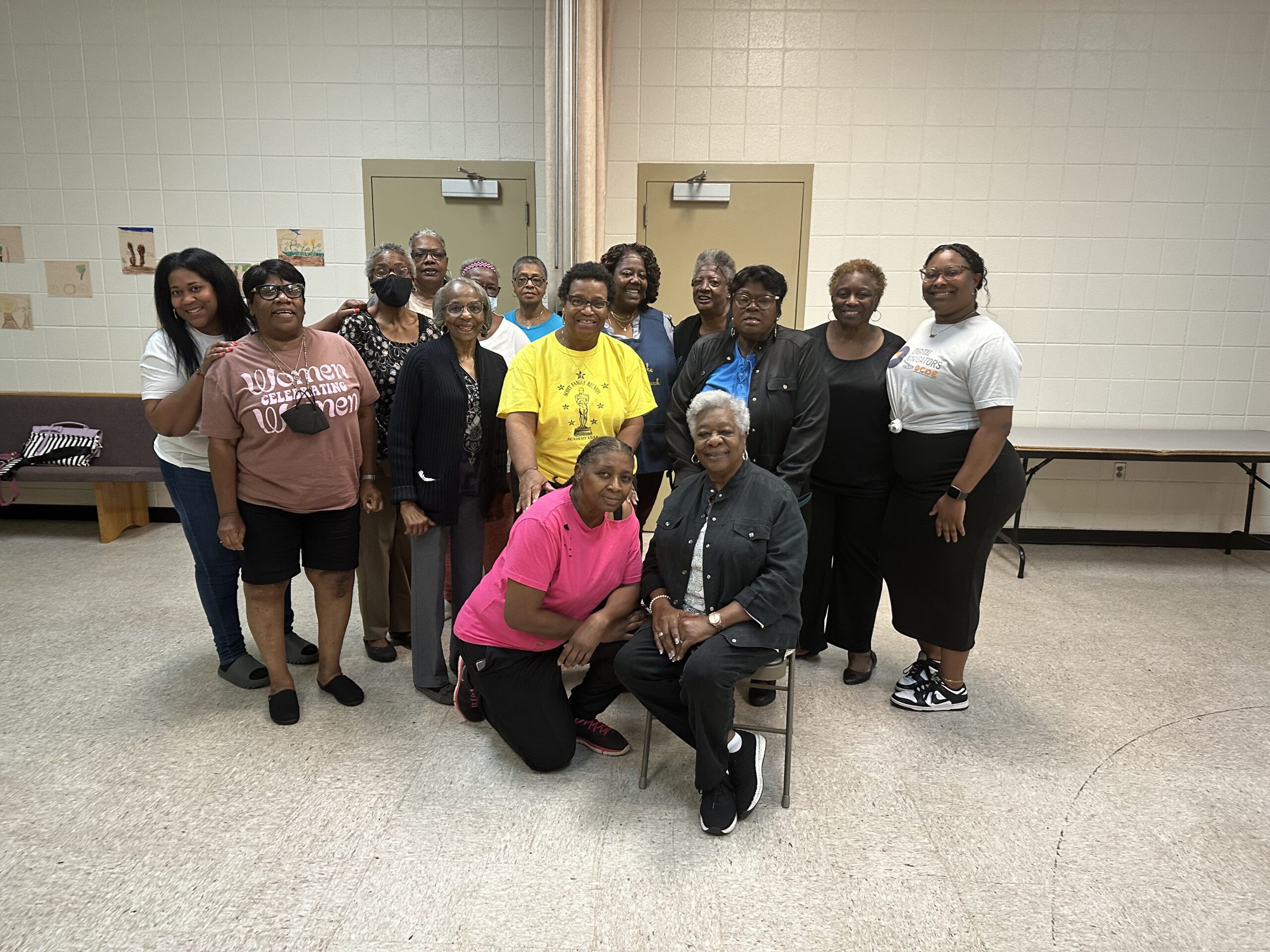Digital Literacy and Skilling OKR:
Publish version 1 of the Journey Map to reduce barriers in accessing digital resources.
When trying to cover a number of populations across the state, making connections with the right resources can be tricky. But this is exactly what our Digital Navigators need to be able to do.
This is where AI tools can augment what the CDE has already been doing with its Journey Map, creating an easy-to-use tool that will empower Digital Navigators to connect residents with appropriate resources, given their need.
The original version of the Journey Map. The original goal in developing the Journey Map was to provide community members at different life stages and experience levels with the ability to find and leverage available resources.
For example, a younger person who can no longer afford college might be interested in learning how to code in order to stay competitive in the job market. Or, an older adult just learning English might want to acquire an iPad and learn how to use it, finding a course in their native language. No matter where someone is in their life’s journey, they should be able to find resources available to close the digital gap.
We have worked to develop this Journey Map with partner programs such as Per Scholas, Barings, and the Charlotte Mecklenburg Library system. During this work, we discovered that 1) tools such as this work better when paired with the efforts of a Digital Navigator, and 2) AI could be a powerful tool in quickly finding and sharing those resources that make the most sense.
Responsible roll-out. Adding AI capabilities to the Journey Map tool opens up a number of opportunities. AI tools can quickly understand queries, search large databases, and provide “best” solutions for a variety of cases. It made sense that, in developing a Journey Map tool ourselves, we would leverage AI to make the tool more effective and easy to use.
However, we also wanted to do the roll-out of this tool in a responsible way. This includes completing a full evaluation of the tool and its accuracy, as well as assessing our teams’ own comfort level with it.
For these reasons, the CDE decided to begin the roll-out of the tool internally at first, with our own Digital Navigators. In this context, navigators can use the tool to help connect a resident with appropriate resources, even as they offer help and guidance through human connection. From here, we plan to do the next phase of roll-out, including partner organizations such as the local library system.
Shared language, shared data. With a more controlled roll-out, the CDE was also able to take the time to develop a standardized digital scaling language (see also our piece on data definitions). This is important, as the aim is to share our Journey Map data with other organizations; we also expect that frequent updates will be needed, which means receiving standardized information from participating organizations.
For example, how should organizations define different levels of digital skills and abilities? Our team set out to create standards and definitions around four categories here: beginner, intermediate, expert, and workforce development. This way, organizations can use similar terms and definitions when discussing digital exposure and expertise.
While the roll-out continues, we hope to make further improvements as we receive feedback from our Digital Navigators and partner organizations. We truly believe this will be an invaluable tool for connecting residents with the resources they need going into the future.



